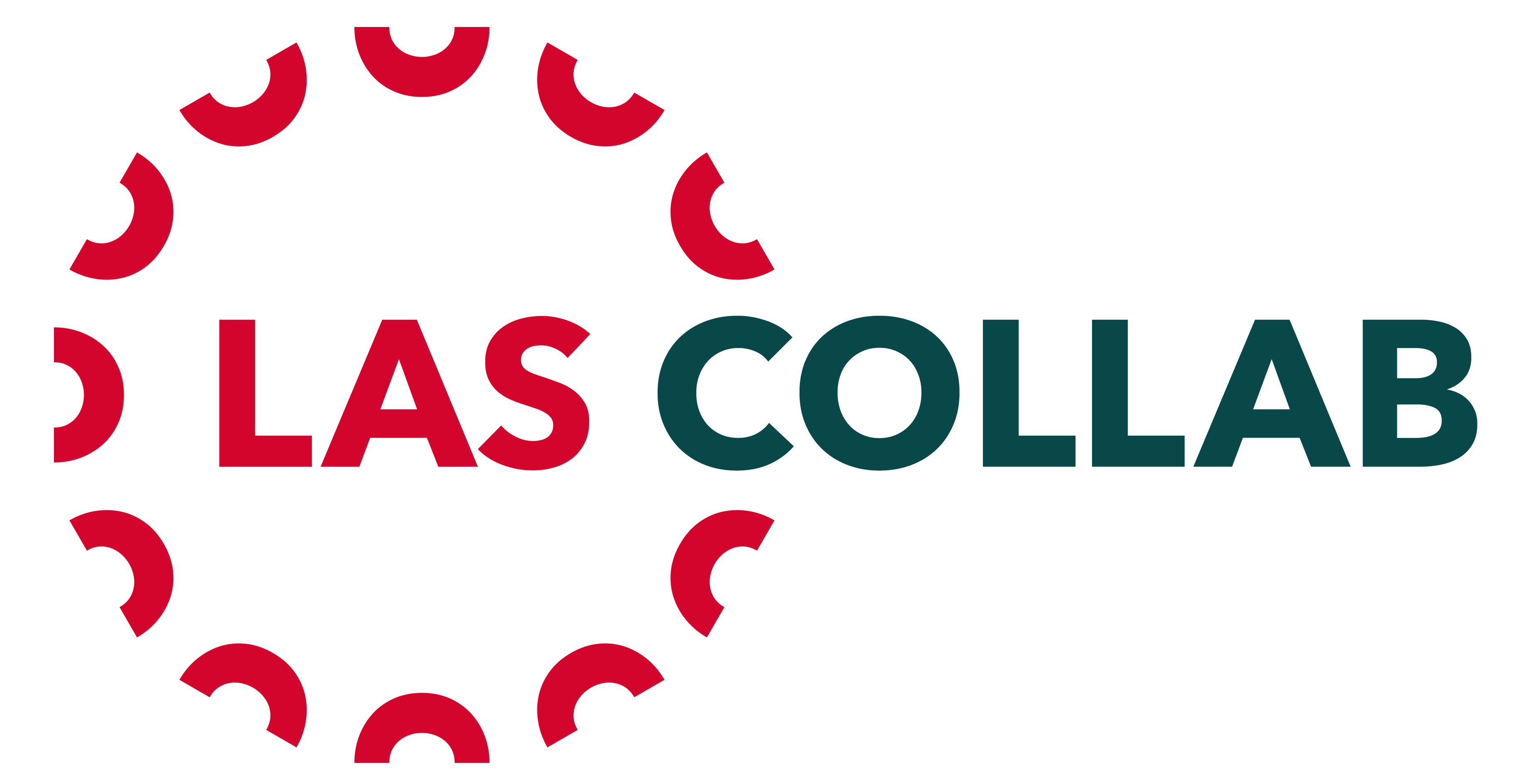The Art of Bluffing in Poker
The Art of Bluffing in Poker
Poker is a game of strategy, skill, and psychology. While many players focus on mastering the fundamentals of the game, such as hand selection and betting patterns, there’s another crucial aspect that sets top players apart from the rest: bluffing. A well-executed bluff can be a powerful tool to intimidate opponents, build confidence, and increase your chances of winning.
Understanding Bluffing
Before diving into the art of bluffing, it’s essential to understand what it entails. In poker, bluffing refers to the act of making Play political satire slots a bet or raise with a weak hand in an attempt to deceive other players into folding their stronger hands. The goal is to create uncertainty and confusion among your opponents, leading them to fold even if they have a good hand.
A successful bluff requires a combination of skill, experience, and intuition. You must be able to read the table dynamics, understand your opponents’ playing styles, and make informed decisions about when and how to bluff. Bluffing is not just about making random bets; it’s a calculated risk that can pay off if executed correctly.
Types of Bluffs
There are several types of bluffs in poker, each with its own strengths and weaknesses:
- Value Bluff : A value bluff is when you bet or raise with a weak hand, but your opponents believe you have a strong one. This type of bluff is most effective against players who are tight and aggressive.
- Image Bluff : An image bluff is designed to create an image of aggression at the table. By betting or raising frequently, you can make your opponents think you’re more aggressive than you actually are.
- Protection Bluff : A protection bluff is used to protect a stronger hand from being raised. By making a small bet with a weak hand, you can build the pot and limit the number of players who remain in the hand.
Key Factors for Successful Bluffing
While bluffs can be profitable, they’re not foolproof. There are several key factors that contribute to their success:
- Table Dynamics : Understanding the table dynamics is crucial for successful bluffing. If the table is tight and aggressive, it’s best to save your bluffs for situations where you have a high degree of certainty.
- Opponent’s Playing Style : Each player has a unique playing style that can be exploited or defended against. Study your opponents’ tendencies and adjust your strategy accordingly.
- Timing : Timing is everything in poker, especially when it comes to bluffing. Make sure to time your bluffs correctly to maximize their impact.
Common Mistakes to Avoid
While bluffing can be an effective tool, there are several common mistakes that players make when attempting to bluff:
- Over-Betting : Over-betting with a weak hand is one of the most significant mistakes players make. This can lead to losing credibility and making it more difficult to execute future bluffs.
- Lack of Confidence : Bluffing requires confidence, especially in situations where you’re facing aggressive opponents. Lack of confidence can lead to hesitation and decreased effectiveness.
- Failure to Read the Table : Failing to read the table dynamics or understand your opponents’ playing styles can lead to unnecessary bluffs and a loss of credibility.
Mastering the Art of Bluffing
To become proficient in bluffing, you need to develop a combination of skill, experience, and intuition. Here are some tips for improving your bluffing skills:
- Practice : Practice is essential for mastering any poker strategy, including bluffing.
- Study Your Opponents : Study your opponents’ playing styles and table dynamics to create effective bluffs.
- Stay Patient : Bluffing requires patience, especially when it comes to building credibility and creating uncertainty among your opponents.
Conclusion
Bluffing is a complex aspect of poker that requires a deep understanding of the game, its players, and their motivations. By mastering the art of bluffing, you can take your game to the next level and increase your chances of winning. Remember to stay patient, flexible, and adaptable, as bluffing is an ongoing process that demands constant improvement.
